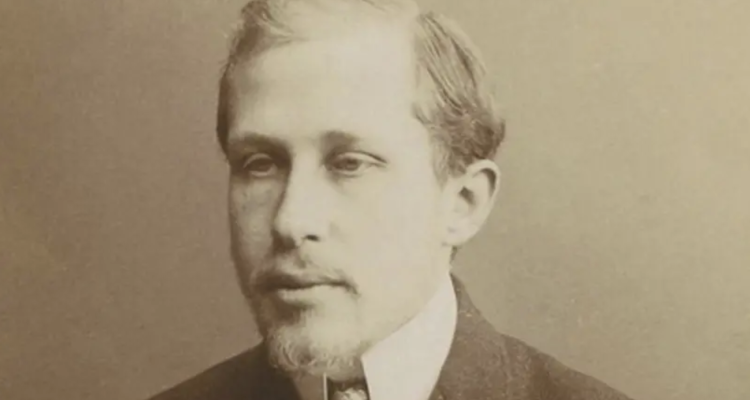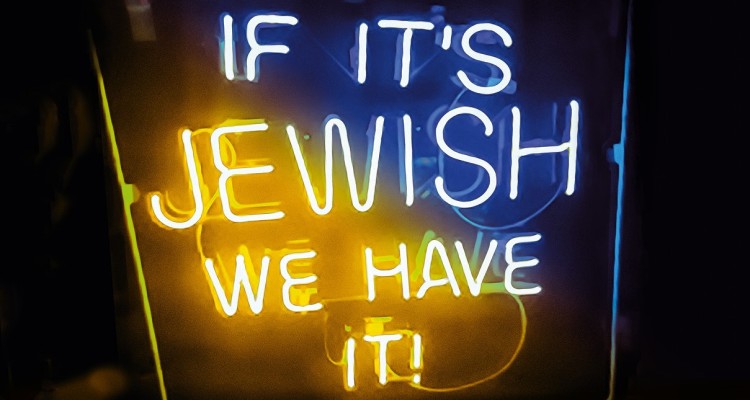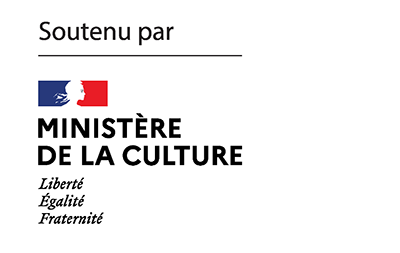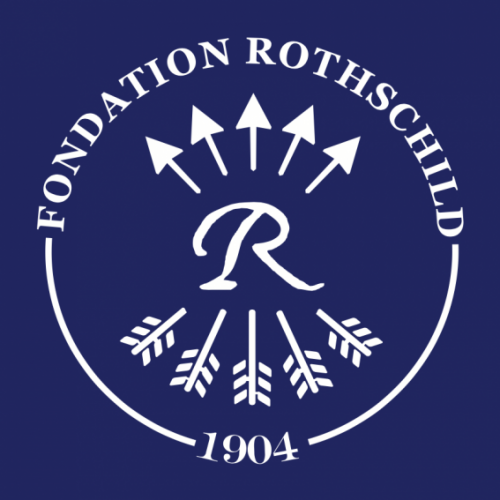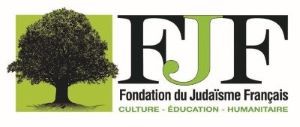This year is the 100th anniversary of the death of Vladimir Medem (1879-1923), a central figure in the history and memory of the Jewish socialist party Bund [Algemeyner yidisher arbeter bund in Lite, Poyln un Rusland – General Jewish Workers’ Union in Lithuania, Poland and Russia]. A great theoretician of the Bund and, in particular, of the Jewish national question in the Russian Empire, Vladimir Medem was distinguished not only by his writings and political activities, but also by the particular nature of his personal life. Born into a wealthy Russian family converted to Christianity, Medem returned to his Jewish identity through his socialist activity, in contact with the Jewish workers of Minsk. A convinced Bundist, he became a member of the party leadership within a few years and worked to promote the Yiddish language and culture. Constance Pâris de Bollardière reviews the personal and political life of Vladimir Medem.
At the beginning of the 18th century, the Prince-Elector of Saxony created a “Jewish cabinet” in Dresden. Arthur Schopenhauer recounts visiting it in 1800 and seeing the life-size “taxidermied rabbi” on display in what can be considered the first “Jewish museum” in history. Today there are more than 120 Jewish museums in the world. An exhibition, open to the public until April 10, 2023 at the Hohenems Museum in Austria, asks precisely what they are and what their role is. Its title: “‘Taxidermied Jews?’ History, present and future of Jewish museums”. The Dresden Cabinet of Jewish Curiosities was only interested in religious items. But what happens – asks Cilly Kugelmann, former director of the Jewish Museum in Berlin – if we leave the strictly religious field and turn to other aspects of Judaism? What does “Jewish” mean in the museum field? What kinds of debates and controversies can any “Jewish museum” today be confronted with to when it deals with themes that go beyond the strictly religious sphere?
This week marks the release of the hundredth issue of K. On this occasion, we are republishing the manifesto that appeared in our first issue, on March 22, 2021: “Jews and Europe, yesterday and today. And tomorrow?” The opportunity to evaluate the relevance of our initial commitment: to create a space for exposure and debate that takes the condition of the Jews of Europe in its stride and uses it as a prism for thinking about the European situation in general.
